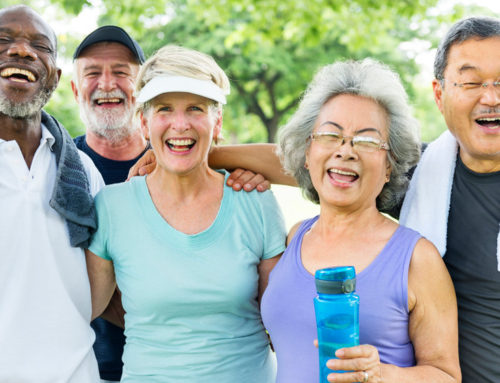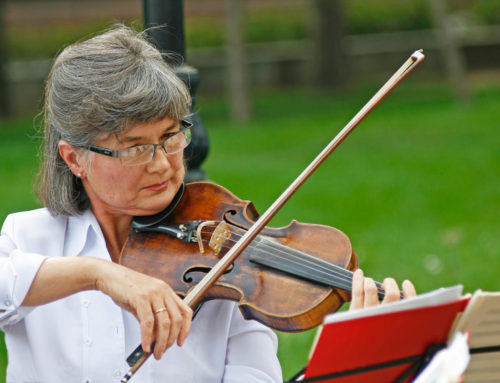Share This Story!
Burning Calories When You Have Painful Joints
As people age, keeping the weight off can get harder and harder. For people with arthritis, high-impact activities like jogging or aerobics classes are no longer on the table. The stiffness and inflammation of arthritic joint pain may have many older adults wanting to stay inside on the couch. But there are low-impact exercise options that can burn calories without jostling the joints.
Try tai chi
Tai chi is one of the most popular activities for seniors wanting to get in shape. The exercise involves slow, gentle movements that build strength, flexibility, and mental stamina. For many people, a regular tai chi practice can be highly effective for fall prevention. Tai chi is also highly adaptable; people with chronic diseases or pain can easily participate.
Get in the water
Water aerobics can be especially helpful for patients with arthritis. Moving in the water helps provide extra support for the joints and can offer excellent cardiovascular benefits. And water exercise doesn’t have to be limited to organized aerobics classes. Even walking laps can be beneficial for those who deal with joint pain and need to get a good workout in.
Take a walk
For those who can handle the impact, walking is one of the easiest, most accessible ways to stay healthy. Walking provides just the right amount of impact to increase bone health while still being safe for the joints. Walking on a treadmill or track may provide some extra cushioning for those who need more support. For others, a simple walk around the neighborhood can significantly boost bone and cardiovascular health, as well as bring a lift to the mood.
Strengthen with TRX
TRX, or total resistance exercise, uses bands suspended from the ceiling or wall. TRX bands may look intimidating, but with the right instructor, TRX is a great way to participate in low-impact strength training. A typical workout involves using one’s own bodyweight to develop strength. The TRX bands can provide extra support in movements like bodyweight squats. As with any new exercise, be sure to ask for help from a trained professional to learn how to participate in the activity safely.
What else can I do?
In addition to participating in an exercise plan, eating healthfully is crucial for achieving and maintaining a healthy weight. Senior nutrition needs can be different than those of a younger person. Speak with a dietitian to learn more about how nutrition fits into an overall weight loss plan.





